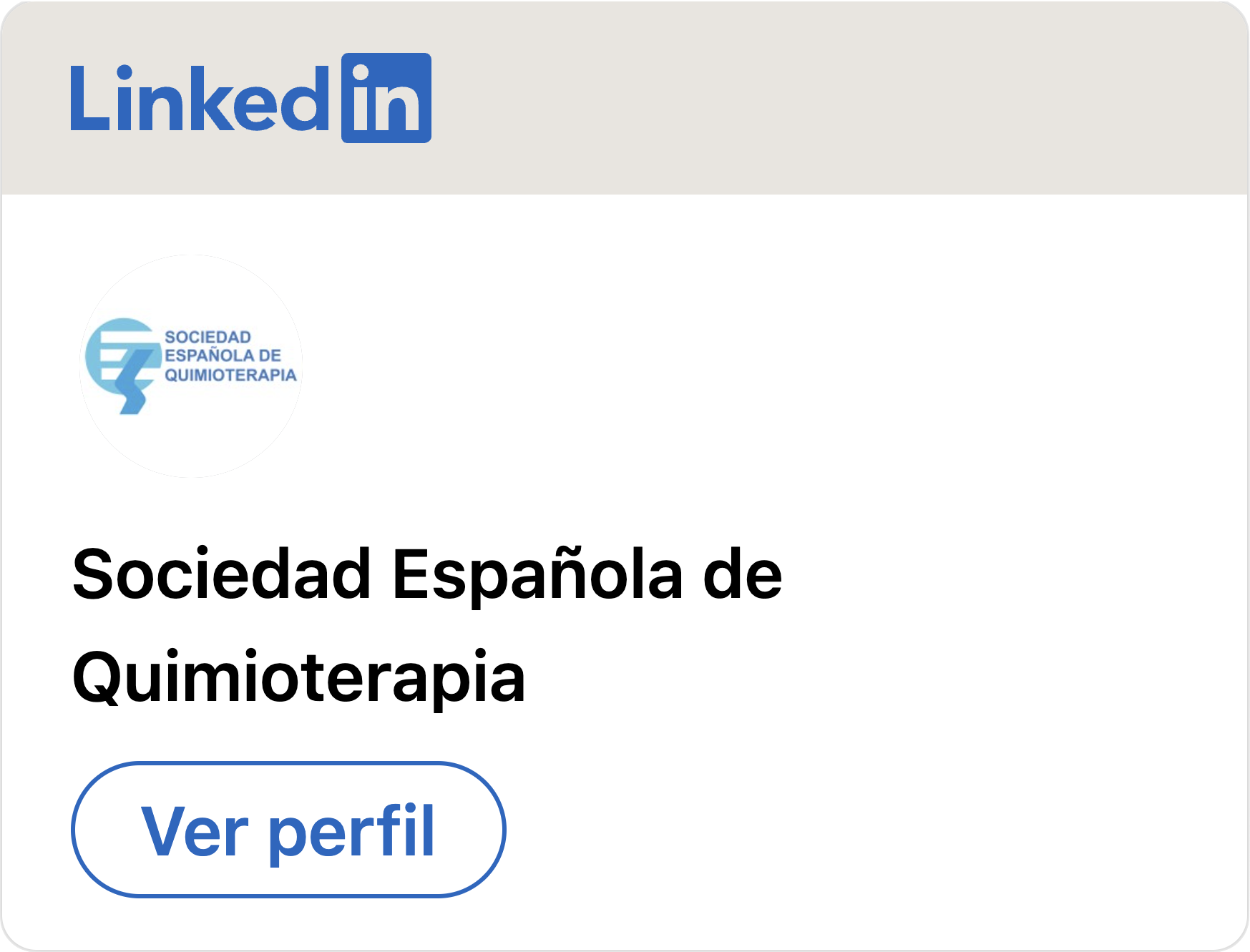Rev Esp Quimioter 2016, 29(3):123-129
Role of bacteriobilia in postoperative complications
CARLOS ARMIÑANZAS, TERESA TIGERA, DIEGO FERRER, JORGE CALVO, LUIS ANTONIO HERRERA, MARCOS PAJARÓN, MANUEL GÓMEZ-FLEITAS, MARÍA CARMEN FARIÑAS
Introduction. At present there is a controversy regarding the impact of positive bile cultures on morbidity and mortality rates, and on the incidence of readmissions in patients with biliar disease. The aim of this study was to evaluate the role of bacteriobilia in postoperatory infections, mortality or readmissions in these patients.
Methods. The information was obtained from all patients with bile cultures admitted to Hospital Universitario Marqués de Valdecilla (Santander, Spain) from January to December 2011. Clinical, epidemiological and microbiological data and laboratory findings were analyzed. The patients were followed for two years.
Results. One hundred and fifty-two patients (65% men) were included. Mean age was 67 years (SD= 15 years). The most frequent diagnoses were acute cholecystitis (79%) and cholangitis (8%). Laparoscopic cholecystectomy was performed in 42% of patients, open cholecystectomy in 45% and percutaneous cholecystostomy in 8%. Bacteriobilia was present in 83 patients (55%). The most frecuent microorganisms isolated were Escherichia coli (31%), Enterococcus faecium (13%) and Klebsiella pneumoniae (13%). The initial antimicrobial agent was a carbapenem in 62 patients (44%) and piperacillin-tazobactam in 28 (18%). There were 39 postoperative infections (26%), 21 readmissions (14%) and 17 patients died during admission (11%). The presence of microorganisms in bile cultures was not a statistically significant predictor of neither complications nor readmissions.
Conclusions. Intra-operative bile cultures would allow guide early appropriate antibiotic treatment use in case of infection, or empiric antimicrobial therapy, however there was no correlation between bacteriobilia and postoperative infections, length of stay, mortality or readmissions.
Rev Esp Quimioter 2016; 29(3):123-129 [pdf]

